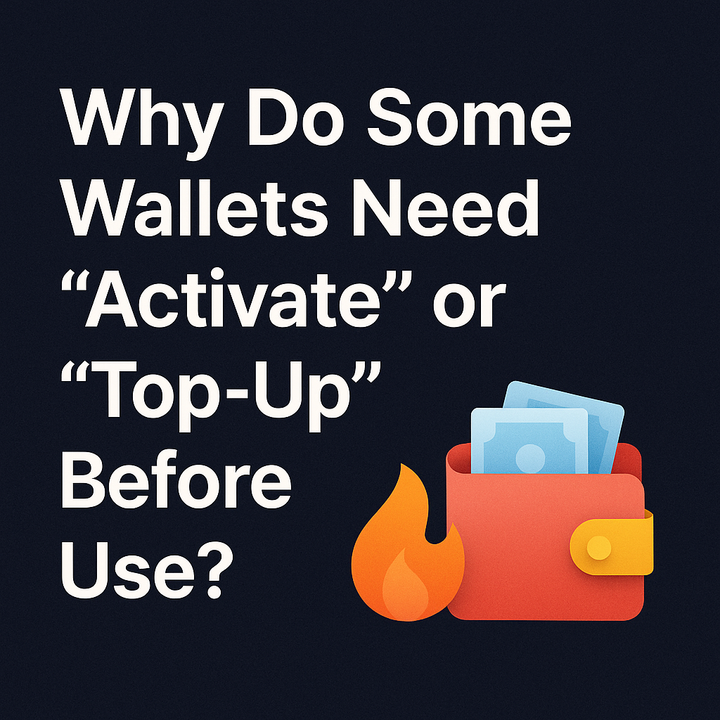The Road to 2030: What’s Next for Ethereum After a Decade of Disruption?

Ethereum just turned 10.
Let that sink in.
Feels like just yesterday we were arguing about gas wars during CryptoKitties, aping into food tokens, or watching DeFi summer unfold like some wild internet experiment.
Now we’ve got a whole Layer 2 ecosystem, Ethereum runs on proof-of-stake, and Vitalik’s still out here posting blog posts that make your brain hurt.
But for real 10 years in, Ethereum’s still standing, still shipping, and still weird (thankfully). That’s no small feat in a space where hype cycles eat projects alive.
So where do we go from here? What does the road to 2030 actually look like for Ethereum?
Before we jump into what’s next, let’s run through the big wins that got us to this point.
➠ Quick Reality Check: What Ethereum Has Already Pulled Off
The Merge happened. Yeah, we know it’s old news now but don’t let that fool you. Switching from proof-of-work to proof-of-stake without nuking the chain?
That’s a historic flex. Energy usage dropped like 99.9%, and the whole thing felt... smooth? That’s not normal in crypto. That’s legendary.
Rollups took over. A couple of years ago, L2s were just a niche dev playground. Now? Arbitrum, Optimism, Base, zkSync, Scroll these are where the real action is happening.
Users moved. Builders followed. And Ethereum didn’t fight it,it embraced it. That’s maturity.
Real culture showed up. Ethereum didn’t just launch apps. It built movements DeFi, NFTs, DAOs. There’s actual culture here. People care. And even when the vibes dipped, builders kept building. You can’t fake that.
Okay, Cool. Now What?
If the first 10 years were about proving Ethereum can work, the next 5–10 are about making it feel invisible. Like how you don’t think about Wi-Fi you just expect it to work.
Here’s where Ethereum’s headed next:
1. Ethereum Becomes the “Final Boss” for Settlement
The Ethereum mainnet is slowly becoming this quiet, neutral, battle-tested layer where important stuff gets settled. Big money. High stakes. Chain security maxed out.
But everyday users? They’re gonna live on L2s. Cheap fees, fast transactions, smooth UX. And all those rollups? They anchor back to Ethereum. That’s the move.
Think of it like this: people shop on websites (L2s), but when it’s time to swipe the card or wire serious money,it clears through ETH mainnet. It's not the flashiest layer, but it’s the most trusted.
2. The Modular Era is Already Here
Ethereum’s moving away from the “everything happens on one chain” vibe.
Now, we’re entering full modular mode:
•Execution on rollups
•Data availability from new chains like Celestia or EigenDA
•Settlement on Ethereum
•Consensus on Ethereum’s PoS layer
This isn’t just cleaner architecture,it’s how you scale without turning into some centralized speed-run chain.
With things like Danksharding and EIP-4844, Ethereum’s basically saying: "Yo, let’s lighten the base layer, offload what we can, and let the ecosystem breathe."
It’s a whole new mental model. Not one big chain,many pieces working together.
3. UX That Doesn’t Make You Cry
Can we be honest? Using Ethereum today is still kinda rough. MetaMask is... MetaMask lol. Seed phrases are stressful.
Gas fees make you triple-check your life decisions.
But that’s finally changing.
Smart wallets (shoutout ERC-4337) are flipping the script:
•No more seed phrases
•Gasless transactions
•Social logins and biometric recovery
•You can pay gas in any token (yes, finally)
This is the kind of stuff that takes Ethereum from “your nerd friend told you about it” to something your cousin can use without panicking.
And when this becomes the default experience across L2s? Game over. Real adoption starts.
4. Ethereum’s Vibe: Can It Stay Weird Without Selling Out?
This one’s important.
Ethereum’s always been kinda weird. Experimental. Thoughtful.
Not just trying to pump bags,but trying to build something better. That vibe is fragile.
As Ethereum gets more attention from regulators, enterprises, and big capital ,it’ll be tested.
Can we still fund public goods without relying on profit motives? Can devs still push crazy experiments without gatekeepers?
Can we keep open-source energy alive without getting smothered by VC expectations?
So far? Ethereum’s done alright. Gitcoin’s still funding builders. EthGlobal hackathons are still cooking. Devs are still shipping memes with their code.
But protecting that soul? That’s the real challenge. Scaling tech is hard. Scaling ethos is even harder.
5. Onboarding the Next Billion (Without Breaking the Chain)
This is what the next five years are really about. Mass adoption but not the cheap kind.
We’re talking:
Creators launching fan economies onchain
Communities forming DAOs with real local impact
Devs in emerging markets building apps in their language, for their people
Game assets, social graphs, real-world data all living on open rails
But for that to happen, we need:
•Real UX (see above)
•Infra that scales (thank you, rollups)
•Education that doesn't sound like it's written for robots
•And a chain that doesn’t rug them halfway through
The tools are almost there. The momentum is building. Now it’s just execution.
Ethereum Doesn’t Have to “Win” It Just Needs to Stay Ethereum
We’re in a multichain world. Solana’s fast. Bitcoin’s doing its own thing. New L1s are launching with fresh narratives every month.
But Ethereum doesn’t need to “beat” anyone. It just needs to be Ethereum:
•Credible neutrality
•Strong community
•Builder-first mindset
•Focus on decentralization and resilience
If it can keep those pillars intact while evolving technically? Ethereum will still be here in 2030, doing its thing while others fade in and out.
➠ Final Thoughts: 2030 Ain’t That Far Off
Let’s zoom out.
In the next five years, Ethereum could evolve into:
🔸A trust layer for the internet
🔸The backbone for global finance
🔸A platform where culture and coordination go fully onchain
🔸A place where billions interact with crypto without realizing it
That’s the mission. Not just blockchains for blockchain people but infrastructure for everyone.
And if Ethereum can pull that off while keeping its heart intact?
That’s when the real revolution kicks in.
References:
1. The Merge: Ethereum’s Transition to Proof-of-Stake
https://ethereum.org/en/upgrades/merge/
2. EIP-4844 (Proto-Danksharding) Overview
https://eips.ethereum.org/EIPS/eip-4844
3. Introduction to Account Abstraction (ERC-4337)
https://ethereum.org/en/developers/docs/accounts/
4. Ethereum as a Settlement Layer (Vitalik's take)
https://vitalik.eth.limo/general/2023/06/09/settlement_layer.html
5. The Modular Blockchain Thesis (Celestia Blog)



Comments ()